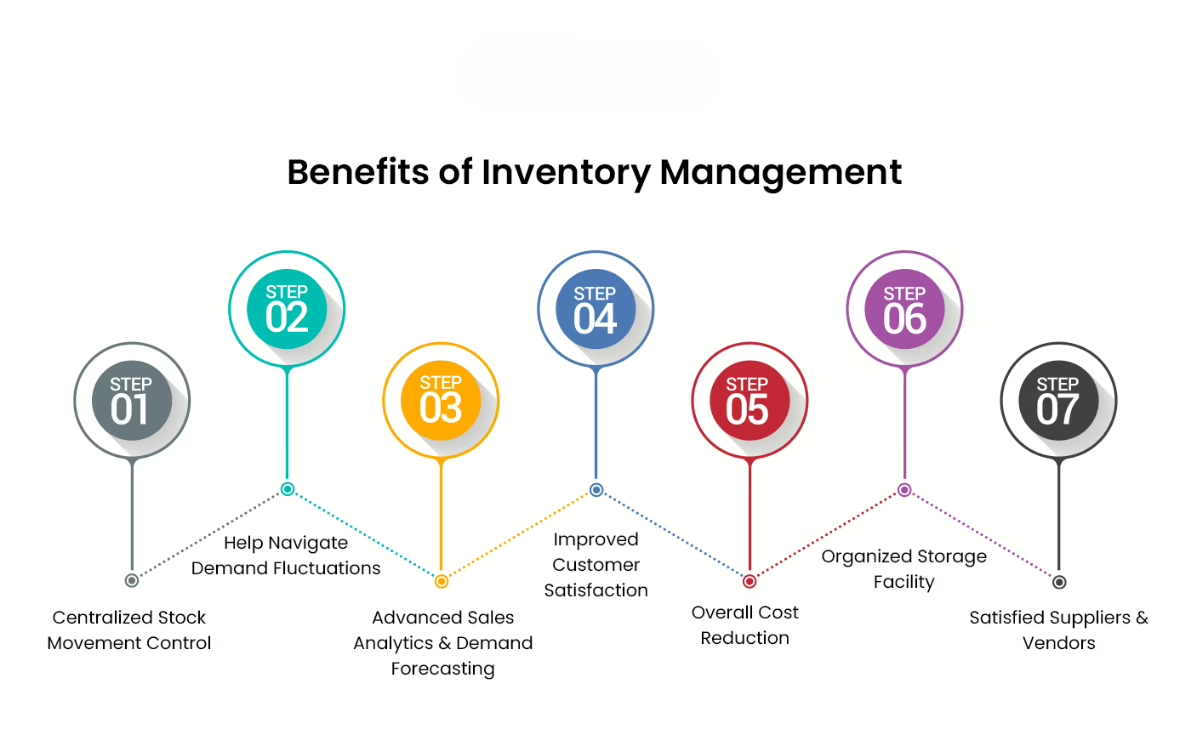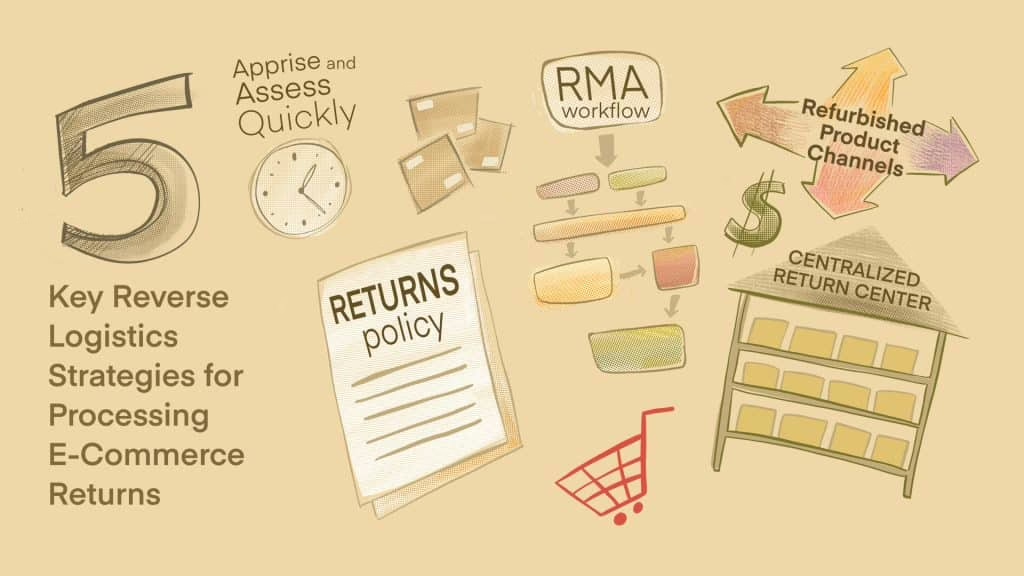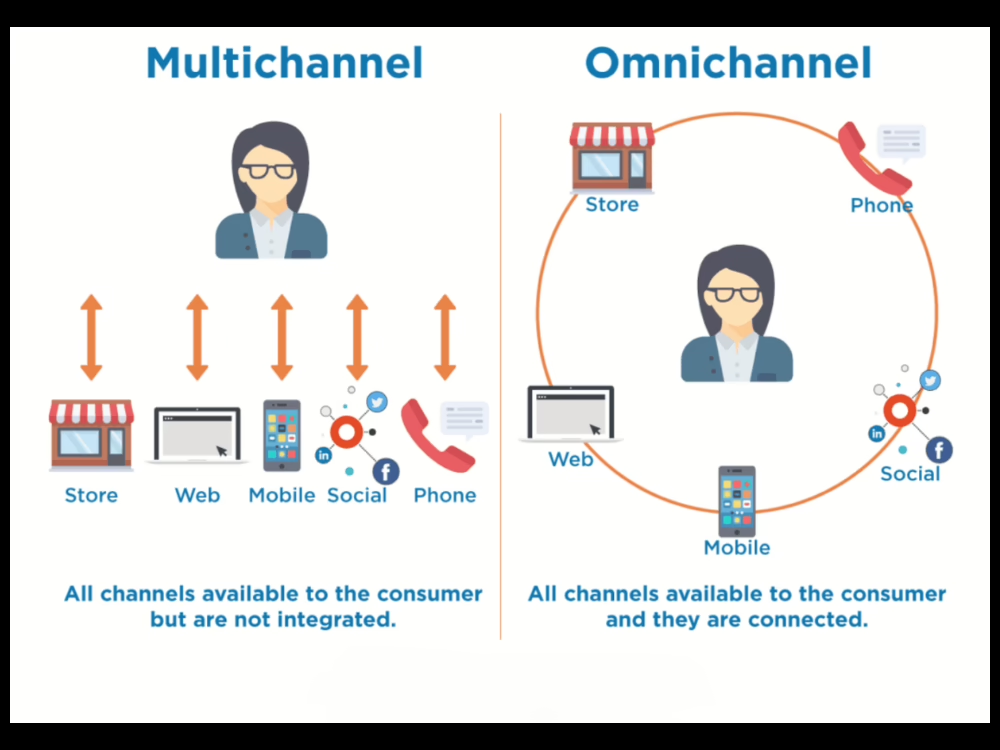
You’re juggling inventory across Shopify, wholesale accounts, and maybe a marketplace or two. Yesterday, you oversold your best-selling style because your channels weren’t syncing fast enough. Today, you’re manually updating spreadsheets while your competitor just launched their third collection this quarter. Sound familiar?
Here’s the truth: what is the best inventory management software isn’t a one-size-fits-all answer. For fashion and lifestyle brands doing under $20M annually, the best system is the one that matches your specific channel mix, handles your SKU complexity without breaking the bank, and actually prevents those 2 AM panic moments when you realize you’ve sold the same inventory twice.
Why Most Fashion Brands Struggle to Find the Right System
The inventory management software market is flooded with options—from basic tools that can’t handle style-color-size matrices to enterprise behemoths that cost more than your entire tech budget. Meanwhile, you’re dealing with:
- Disconnected channels causing oversells during your biggest sales events
- Manual processes eating up time you should spend growing your brand
- Returns piling up because there’s no efficient way to get them back to sellable
- Scaling nightmares where adding one new sales channel means hiring another person
The solution? Stop looking for “perfect” and start evaluating based on what actually moves the needle for your business.
Your 7-Point Checklist for Smart Software Selection
1. Real-Time Sync That Actually Prevents Oversells
Forget systems that update every 15 minutes—that’s 14 minutes and 59 seconds too long when you’re running a flash sale. What is the best inventory management software for preventing oversells? One that uses webhooks for sub-minute updates across all your channels.
What This Looks Like in Practice: Imagine dropping a limited edition at noon. Within seconds, your inventory adjusts across Shopify, your B2B portal, and that wholesale order you just confirmed. No manual intervention. No prayer circles. Just accurate inventory, everywhere.
Test This Before You Buy: Ask vendors to run a live “drop test” in their sandbox. Have them show you the actual logs proving update times. If they can’t demonstrate sub-minute sync, keep looking.
2. Purchase Orders Built for Fashion, Not Generic Retail
Your POs aren’t simple. You’re dealing with style-color-size matrices, partial shipments from overseas suppliers, and landed costs that need to flow into your margins. Generic systems make you work around their limitations. Fashion-first systems work around yours.
The Reality Check: That spring collection arriving next month? You need to receive Size Small partially because of a production delay, allocate freight costs across all variants, and still maintain accurate costs for pricing decisions. If your system can’t handle this complexity, you’re back to spreadsheet gymnastics.
Smart Evaluation Move: During demos, ask vendors to build a matrix PO live, receive it partially, and show how landed costs affect your per-variant margins. Their response will tell you everything.

3. Returns Processing That Protects Your Margins
Returns can kill your cash flow or fuel your growth—it all depends on how fast you process them. The average fashion brand sees 20-30% return rates. That’s inventory sitting in limbo, unavailable for sale, eroding your margins daily.
Transform Returns into Revenue: Picture this: A return arrives Monday morning. By Monday afternoon, it’s inspected, graded, and back in your sellable inventory, instantly available across all channels. For damaged items? Clear routing to a B-stock channel or repair queue. No guesswork, no delays.
Non-Negotiable Features:
- RMA intake with reason codes and mobile scanning
- Automated grading and disposition workflows
- Instant restock with real-time availability updates
- Exchange flows that reserve replacements immediately
4. Warehouse Management That Scales Without Enterprise Pricing
You shouldn’t need a six-figure WMS to run a professional warehouse operation. Whether you’re picking from a 2,000 square foot space or managing multiple locations, the right system grows with you.
What Efficiency Actually Means: Your team picks an order in under 2 minutes using guided pick paths on their phones. Scan validation prevents shipping errors. Cycle counts happen during slow periods without shutting down operations. This isn’t fantasy—it’s what modern inventory management delivers at an affordable price point.
Watch Out For:
- Hidden per-scan fees that explode your costs
- “Module pricing” where basic features like batch picking cost extra
- Desktop-only systems that chain your team to workstations
5. Analytics That Drive Decisions, Not Just Reports
“AI-powered forecasting” sounds impressive until you realize you just need to know which sizes are running low and what’s aging past 90 days. The best inventory management software for growing brands provides actionable insights, not buzzword bingo.
Insights That Matter:
- Weeks of supply by SKU to prevent stockouts
- Sell-through rates showing what’s hot and what’s not
- Broken size run alerts before customers notice
- Margin-aware replenishment factoring in markdowns
Reality Check Question: Can you export this data for your CFO’s monthly report? Can your buyer access it from their phone during market week? If not, those “insights” aren’t very insightful.

6. Integrations and Implementation as a Package Deal
That amazing feature set means nothing if integration takes six months and breaks every other week. Native, certified connectors to your core platforms—Shopify, QuickBooks, your 3PL—should be table stakes, not custom development projects.
The Hidden Cost of Poor Integration: Every manual data transfer is an opportunity for errors. Every delayed sync is a potential oversell. Every custom integration is technical debt you’ll pay interest on forever. Choose systems with proven, maintained integrations that won’t become your IT department’s full-time job.
Get This in Writing:
- Implementation timeline with clear milestones
- Data migration scope (products, orders, historical data)
- SLAs for uptime and support response
- Total cost of ownership for 36 months
7. Fashion-First Features That Understand Your Business
Generic retail systems force you into workarounds. You need style hierarchies, size curves, seasonal tagging, and the ability to protect wholesale commitments while serving DTC customers. These aren’t “nice-to-haves”—they’re essential for fashion operations.
What This Prevents: No more accidentally selling wholesale allocations to retail customers. No more manually managing preorders. No more scrambling when launching exclusive drops. Your system should understand that fashion isn’t just retail with more SKUs—it’s an entirely different beast.
Making Your Decision: From Evaluation to Implementation
Finding what is the best inventory management software starts with honest assessment. Define your success metrics upfront:
- Target oversell rate (hint: it should be zero)
- Pick accuracy goals
- Return processing time
- Fill rate improvements
Build a weighted scorecard based on your priorities. If you’re heavy on wholesale, purchase orders might weight 25%. Mostly DTC? Real-time sync could be 30%. There’s no universal formula—just what matters for your growth.
Your 4-Week Evaluation Timeline:
- Week 1: Initial discovery and vendor shortlist
- Week 2: Sandbox testing and proof-of-concept demos
- Week 3: Reference calls with similar brands
- Week 4: Statement of work review and decision
The Bottom Line: Stop Letting Inventory Hold You Back
Every day you operate with disconnected systems is a day you’re leaving money on the table. Whether it’s oversells damaging customer trust, returns sitting in boxes instead of generating revenue, or manual processes preventing you from launching that next collection—inefficient inventory management is a growth killer.
What is the best inventory management software for your brand? It’s the one that solves your specific challenges today while scaling with your ambitions tomorrow. It should feel like hiring a team of experts, not learning another complicated system.
Ready to Transform Your Inventory Operations?
Stop juggling spreadsheets and start scaling efficiently. See how Blastramp’s fashion-first inventory management platform prevents oversells, streamlines multi-channel operations, and helps brands like yours grow without the growing pains.
Take Action Today:
- Start with our checklist to evaluate your current system’s gaps
- Book a personalized demo to see real solutions in action
- Join successful brands who’ve already eliminated inventory headaches
Schedule Your Free Consultation →